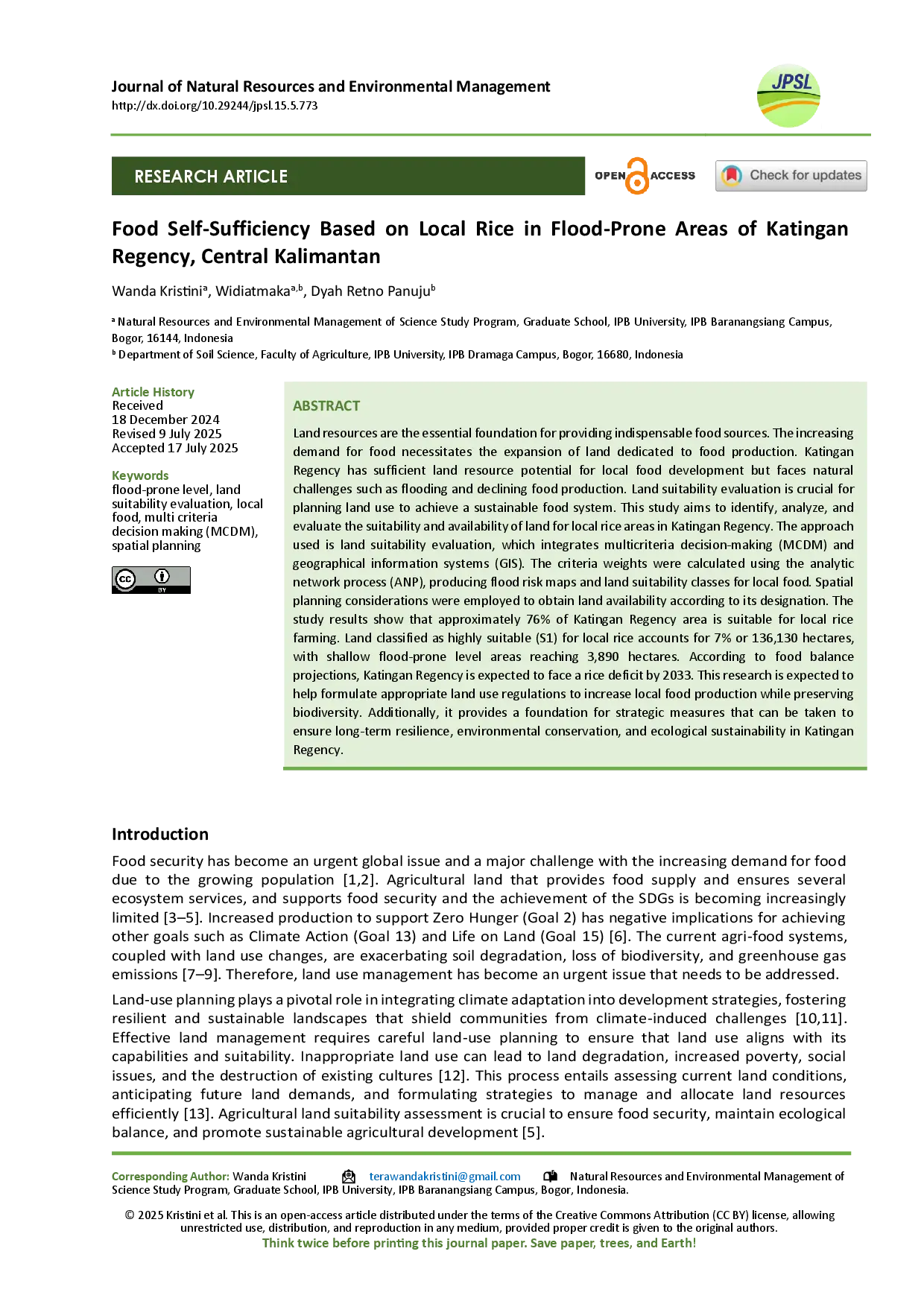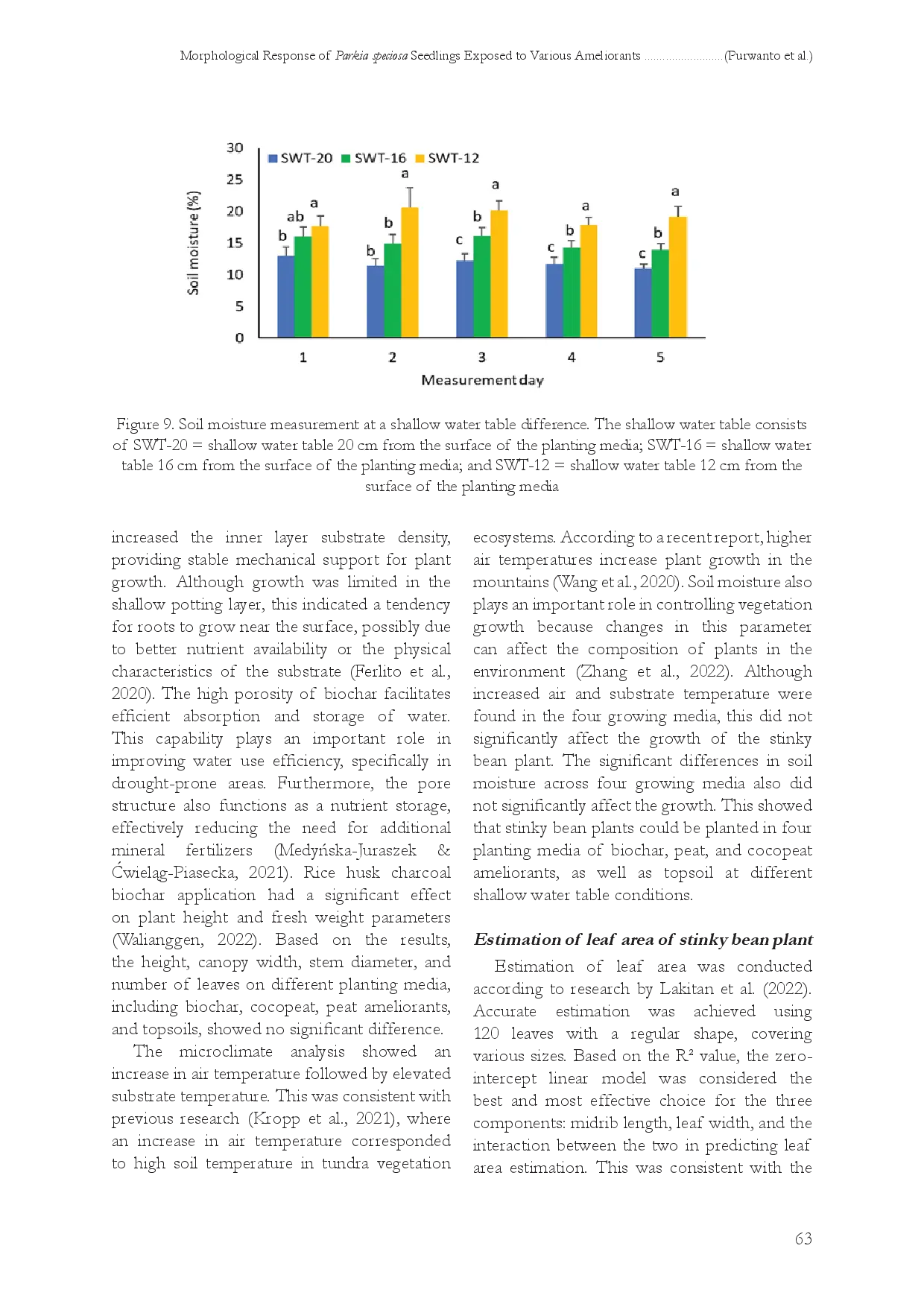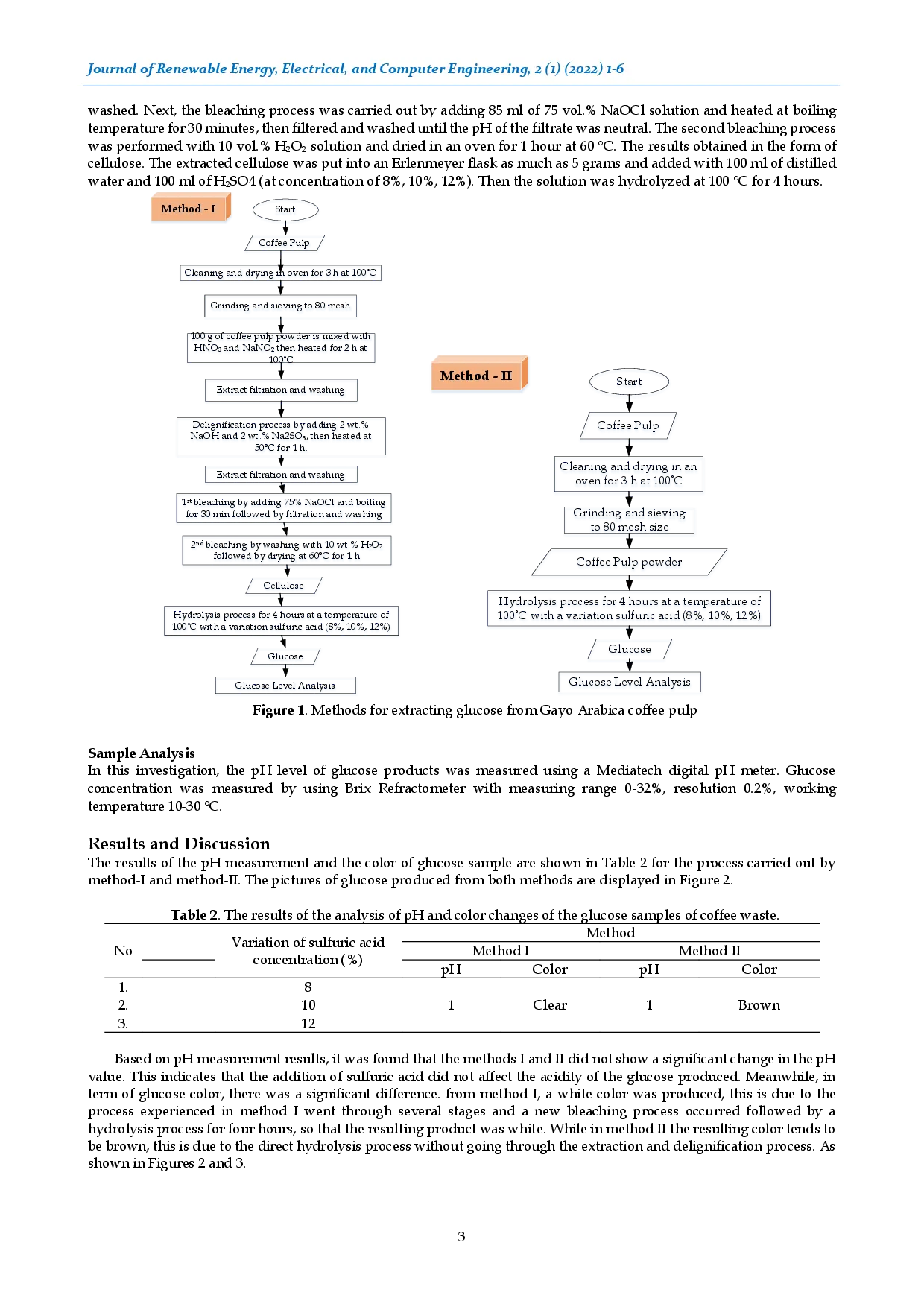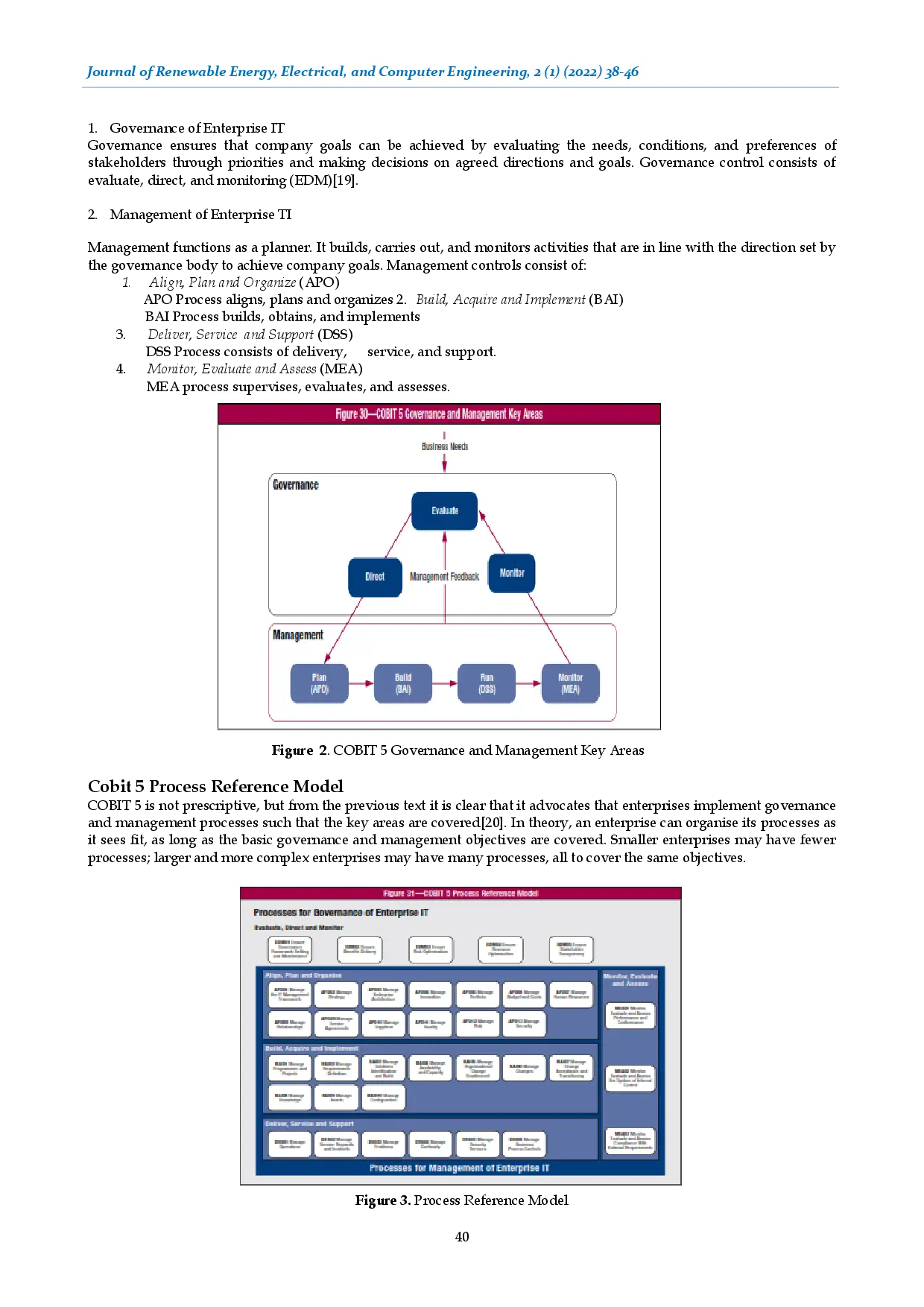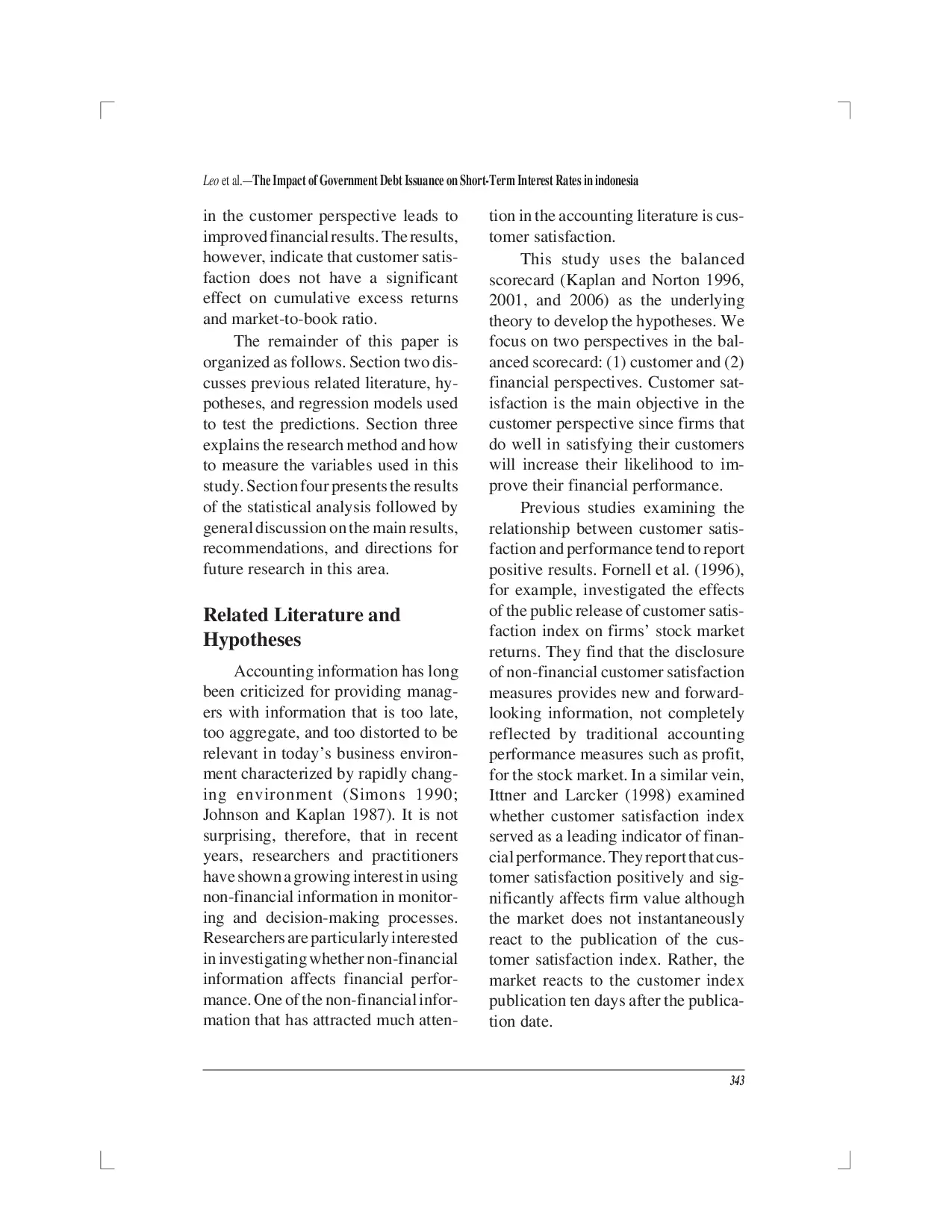UGMUGM
Gadjah Mada International Journal of BusinessGadjah Mada International Journal of BusinessWhile it is considered a new paradigm in consumer research, the multi-stage model of consumer decision-making remains unclear as to whether brands are easily retrieved. Likewise, the process of consideration, after particular brands are successfully retrieved, is still in question. This study investigates the effects of saliency and similarity on the ease of retrieval. Additionally, referring to studies of context effects, the influence of attraction, compromise, and assimilation are examined to observe their contribution to consideration. A within-subject design is employed. Preliminary studies determined dominant brands, new entrants, attributes, and criteria used in the experimental study. The results support the hypotheses.
This study highlights the sequential nature of consumer choice, emphasizing that brand retrieval precedes consideration.The findings confirm that salient and easily recalled brands are more likely to be considered, and ultimately chosen.Furthermore, the effects of attraction, compromise, and assimilation significantly influence the consideration set.This research supports existing literature on multi-stage models while providing insights into the interplay of saliency, similarity, and contextual factors in consumer decision-making.
Future research should explore the use of more than two attributes in the choice process to provide a more comprehensive understanding of consumer decision-making. Expanding the investigation to different product categories and consumer demographics could reveal the generalizability of these findings. Furthermore, investigating the role of cognitive resources and individual differences in the retrieval and consideration stages would offer valuable insights. Another potential avenue for research is to explore how marketing stimuli, such as advertising and packaging, can be strategically designed to enhance brand saliency and influence consumer choices within the multi-stage decision-making process. Finally, studies could delve deeper into the interplay between emotional factors and the sequential stages of choice, examining how affective responses influence both retrieval and consideration sets. Understanding these intricacies can help refine marketing strategies to effectively shape consumer preferences and behaviors over time.
| File size | 97.51 KB |
| Pages | 31 |
| Short Link | https://juris.id/p-bx |
| DMCA | Report |
Related /
IPBIPB Pengalokasian dan pengelolaan lahan yang tepat tidak hanya meningkatkan produksi padi lokal dan ketahanan pangan hingga tahun 2033, tetapi juga memperkuatPengalokasian dan pengelolaan lahan yang tepat tidak hanya meningkatkan produksi padi lokal dan ketahanan pangan hingga tahun 2033, tetapi juga memperkuat
APTKLHIAPTKLHI Melalui Perhutanan Sosial, tujuan konservasi lingkungan dapat sejalan dengan upaya peningkatan kesejahteraan masyarakat. Kelestarian hutan dianggap dalamMelalui Perhutanan Sosial, tujuan konservasi lingkungan dapat sejalan dengan upaya peningkatan kesejahteraan masyarakat. Kelestarian hutan dianggap dalam
APTKLHIAPTKLHI RESPON MORFOLOGIS BIBIT Parkia speciosa TERHADAP BERBAGAI AMELIORAN, MUKA AIR TANAH DANGKAL, DAN PENGARUHNYA TERHADAP IKLIM MIKRO SETEMPAT. Budidaya tanamanRESPON MORFOLOGIS BIBIT Parkia speciosa TERHADAP BERBAGAI AMELIORAN, MUKA AIR TANAH DANGKAL, DAN PENGARUHNYA TERHADAP IKLIM MIKRO SETEMPAT. Budidaya tanaman
APTKLHIAPTKLHI Begitu pula dengan hasil belajar, kelas eksperimen memperoleh nilai rata-rata 84,2, lebih tinggi daripada kelas kontrol yang hanya mencapai 71,5. ModelBegitu pula dengan hasil belajar, kelas eksperimen memperoleh nilai rata-rata 84,2, lebih tinggi daripada kelas kontrol yang hanya mencapai 71,5. Model
UNIMALUNIMAL Tidak ditemukan perbedaan pH antara kedua metode. Warna glukosa yang dihasilkan melalui metode-I lebih jernih dibandingkan yang dihasilkan melalui metode-II.Tidak ditemukan perbedaan pH antara kedua metode. Warna glukosa yang dihasilkan melalui metode-I lebih jernih dibandingkan yang dihasilkan melalui metode-II.
UNIMALUNIMAL Sistem berbasis Arduino Mega telah berhasil mendeteksi dan memvisualisasikan dalam bentuk grafik perbedaan sudut antara fase-fase dan arah rotasi sistemSistem berbasis Arduino Mega telah berhasil mendeteksi dan memvisualisasikan dalam bentuk grafik perbedaan sudut antara fase-fase dan arah rotasi sistem
UNIMALUNIMAL Hasil audit tata kelola teknologi informasi berdasarkan COBIT 5 di domain DSS secara rata-rata berada pada 2,2 (proses terkelola) hingga 2,6 (proses terbentuk).Hasil audit tata kelola teknologi informasi berdasarkan COBIT 5 di domain DSS secara rata-rata berada pada 2,2 (proses terkelola) hingga 2,6 (proses terbentuk).
ITBITB Penelitian ini menunjukkan bahwa penambahan eco enzyme saja ke air sungai sintetis tidak efektif dalam mengurangi kandungan COD-nya. Penelitian ini mengindikasikanPenelitian ini menunjukkan bahwa penambahan eco enzyme saja ke air sungai sintetis tidak efektif dalam mengurangi kandungan COD-nya. Penelitian ini mengindikasikan
Useful /
IPBIPB Metode penelitian yang digunakan adalah quasi eksperimen dengan desain pretest-posttest control group design. Sampel penelitian terdiri dari 60 siswa kelasMetode penelitian yang digunakan adalah quasi eksperimen dengan desain pretest-posttest control group design. Sampel penelitian terdiri dari 60 siswa kelas
UNILAUNILA Hutan Lindung Register Pematang Tanggang terletak di Kabupaten Tanggamus dengan luas. ha. Tujuan penelitian adalah untuk mengetahui keanekaragaman spesiesHutan Lindung Register Pematang Tanggang terletak di Kabupaten Tanggamus dengan luas. ha. Tujuan penelitian adalah untuk mengetahui keanekaragaman spesies
UNILAUNILA Penelitian ini bertujuan untuk mengetahui dampak perubahan tutupan hutan dan lahan, tingkat kemiskinan, dan pendapatan di sektor-sektor ekonomi terhadapPenelitian ini bertujuan untuk mengetahui dampak perubahan tutupan hutan dan lahan, tingkat kemiskinan, dan pendapatan di sektor-sektor ekonomi terhadap
UGMUGM Namun, penelitian ini tidak menemukan bukti yang kuat mengenai dampak kepuasan pelanggan pada market-to-book ratio dan cumulative excess returns. Hal iniNamun, penelitian ini tidak menemukan bukti yang kuat mengenai dampak kepuasan pelanggan pada market-to-book ratio dan cumulative excess returns. Hal ini
